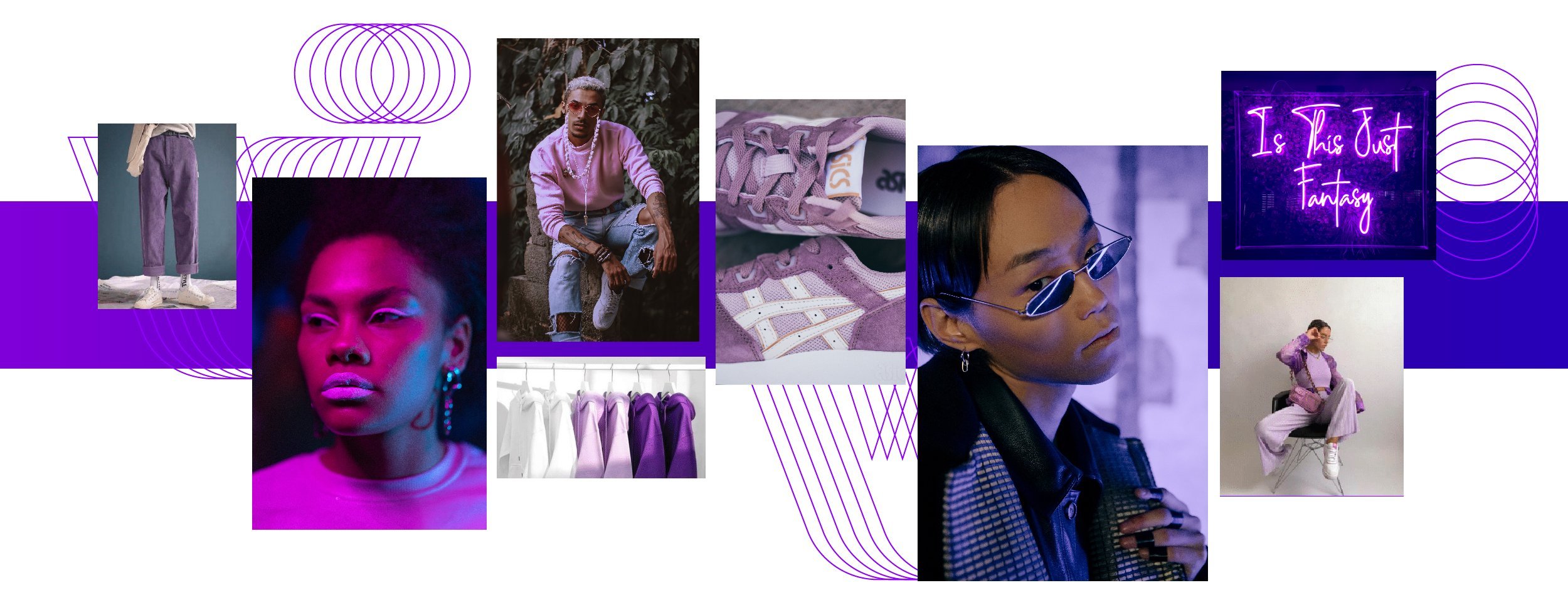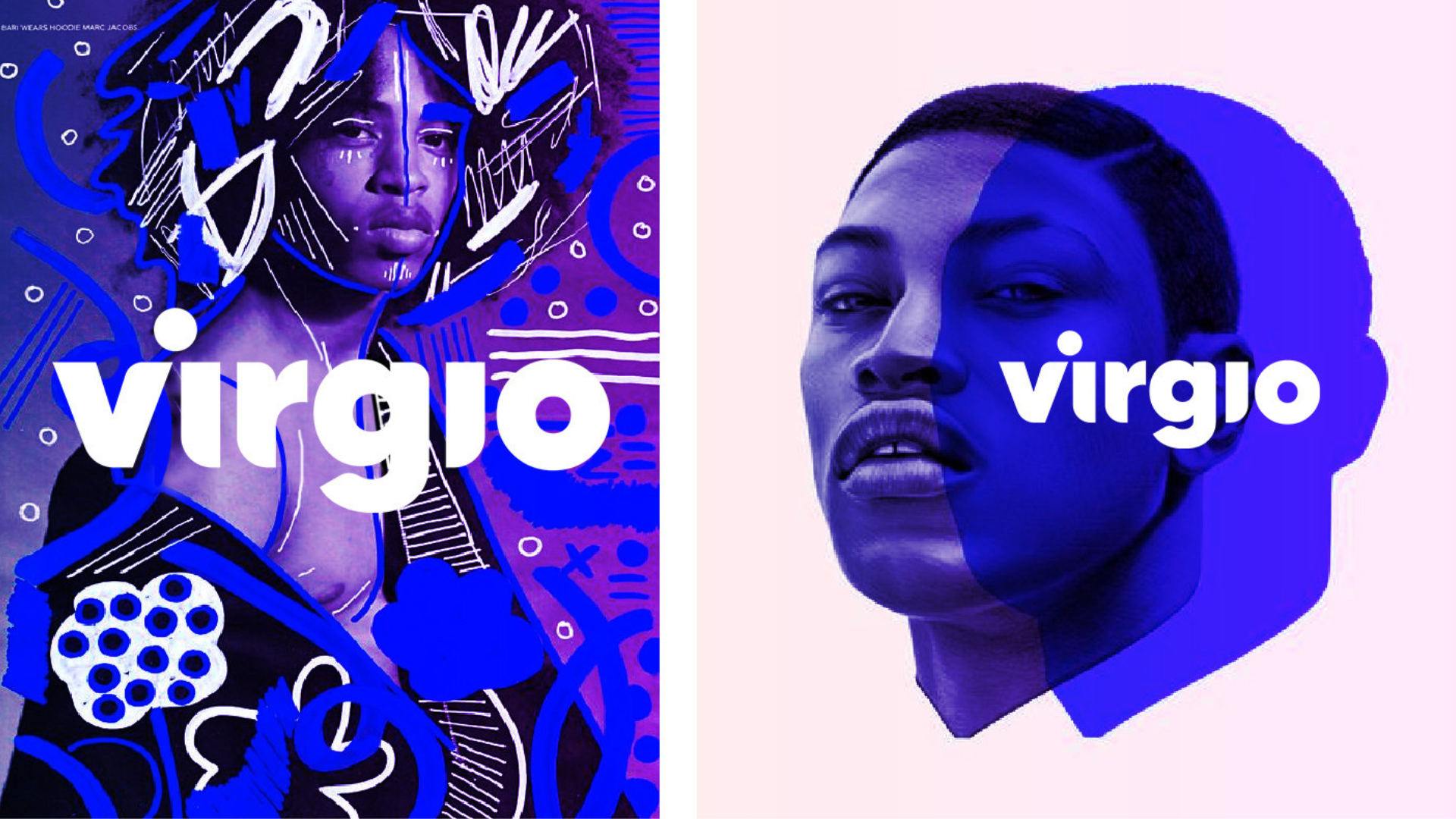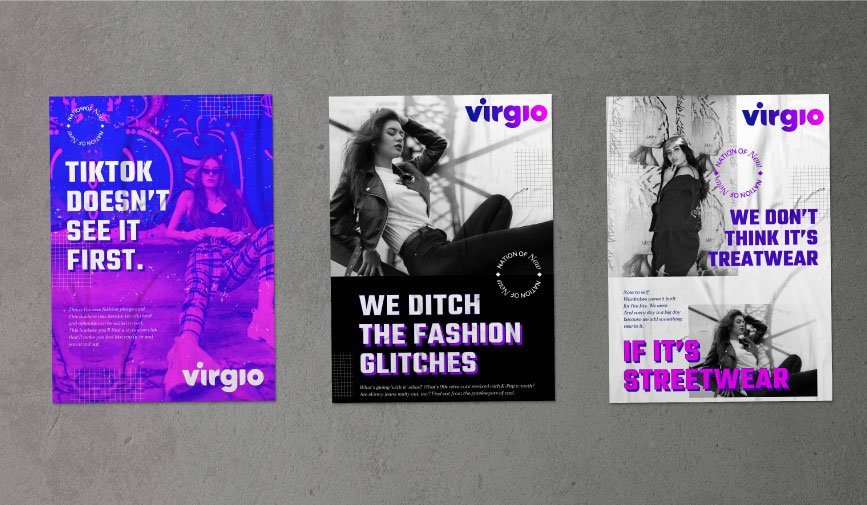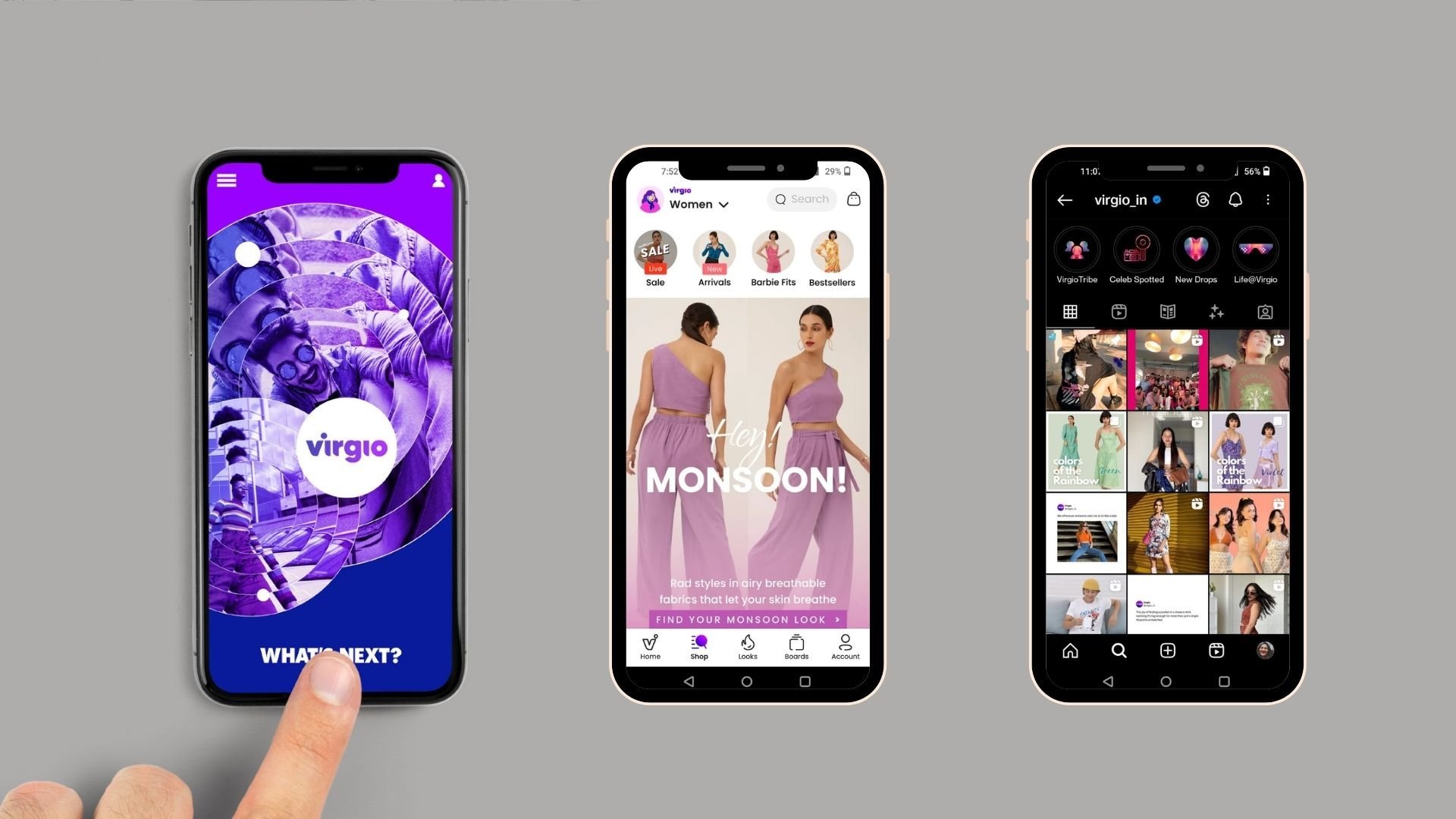Virgio wasn’t just another fashion brand—it was a movement waiting to be shaped. Built for the digital-native, hyper-expressive Gen Z, the brand needed to go beyond selling clothes; it had to become a living, breathing platform where individuality and community thrived together. The challenge was clear: how do you create a brand that doesn’t just follow trends but becomes the space where trends are born?
We started with deep consumer research, immersing ourselves in the lives of young fashion enthusiasts, creators, and digital natives. What emerged was a generation in flux—constantly evolving, forever chasing the next reinvention of self. They wanted to fit in but also stand out, finding their own unique expression within a collective culture of style. Small acts of rebellion—mismatched sneakers, oversized silhouettes, a touch of neon—became the language of self-identity.
From these insights, we shaped Virgio’s identity as a brand that thrives on co-creation, adaptability, and expression. The positioning was clear: a brand that doesn’t dictate fashion but co-creates it. Virgio would be an ever-evolving space where the consumer wasn’t just the buyer but the artist.
The identity reflected this ethos. The clean, bold typography carried a twist—the "V" standing for ‘we,’ representing the collective, while the "I" emphasized individuality. The floating dot between them? A symbol of movement, of constant reinvention.
To bring the brand to life visually, we designed an aesthetic that pulsed with energy—vibrant hues, digital glitch effects, and raw, unfiltered street photography. The brand voice was sharp, current, and full of momentum, speaking the language of an audience that lived on the edge of tomorrow.
With a compelling strategy in place, Virgio launched not as a fashion label, but as a cultural movement. A brand that wasn’t just worn but lived.







